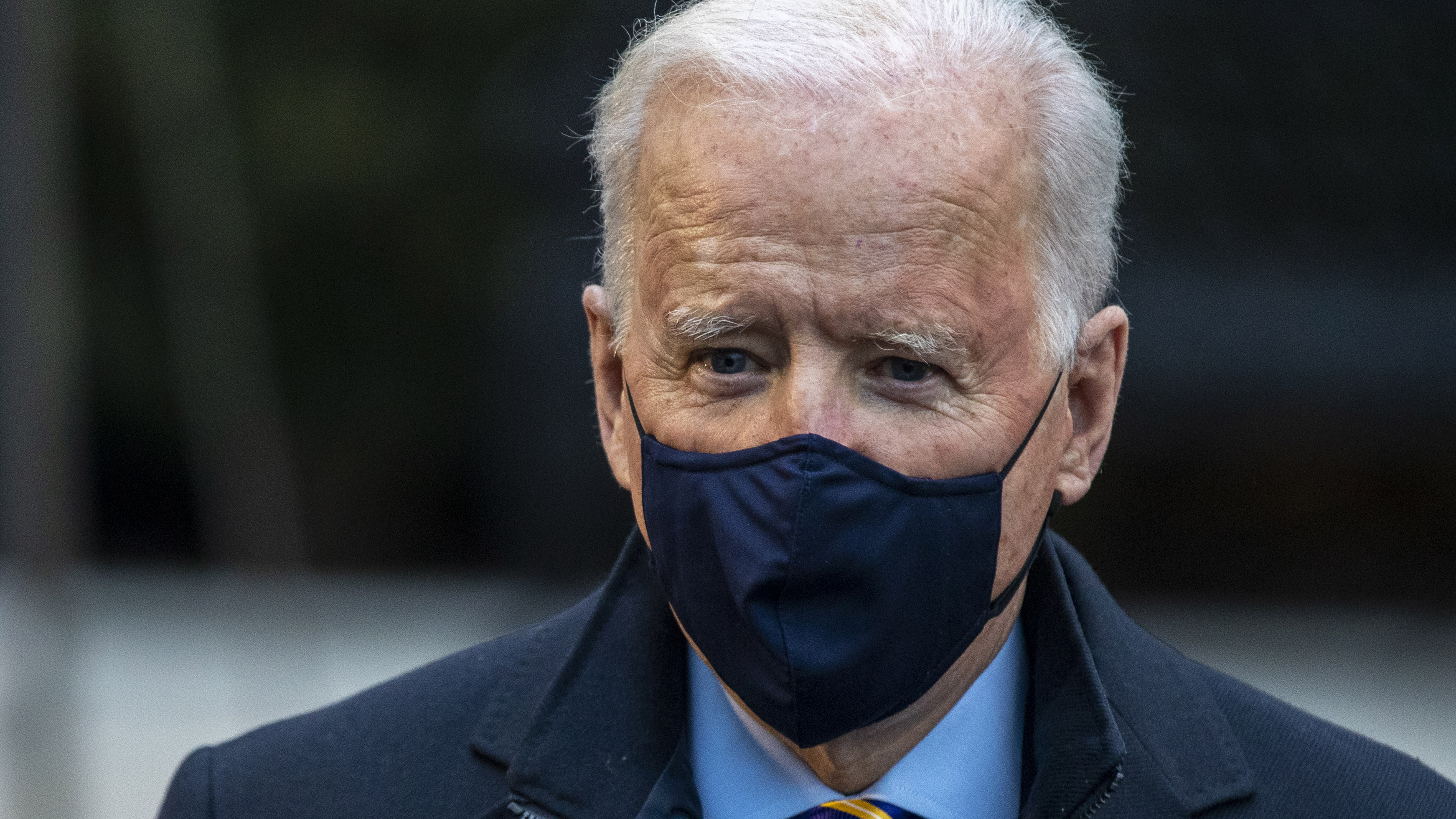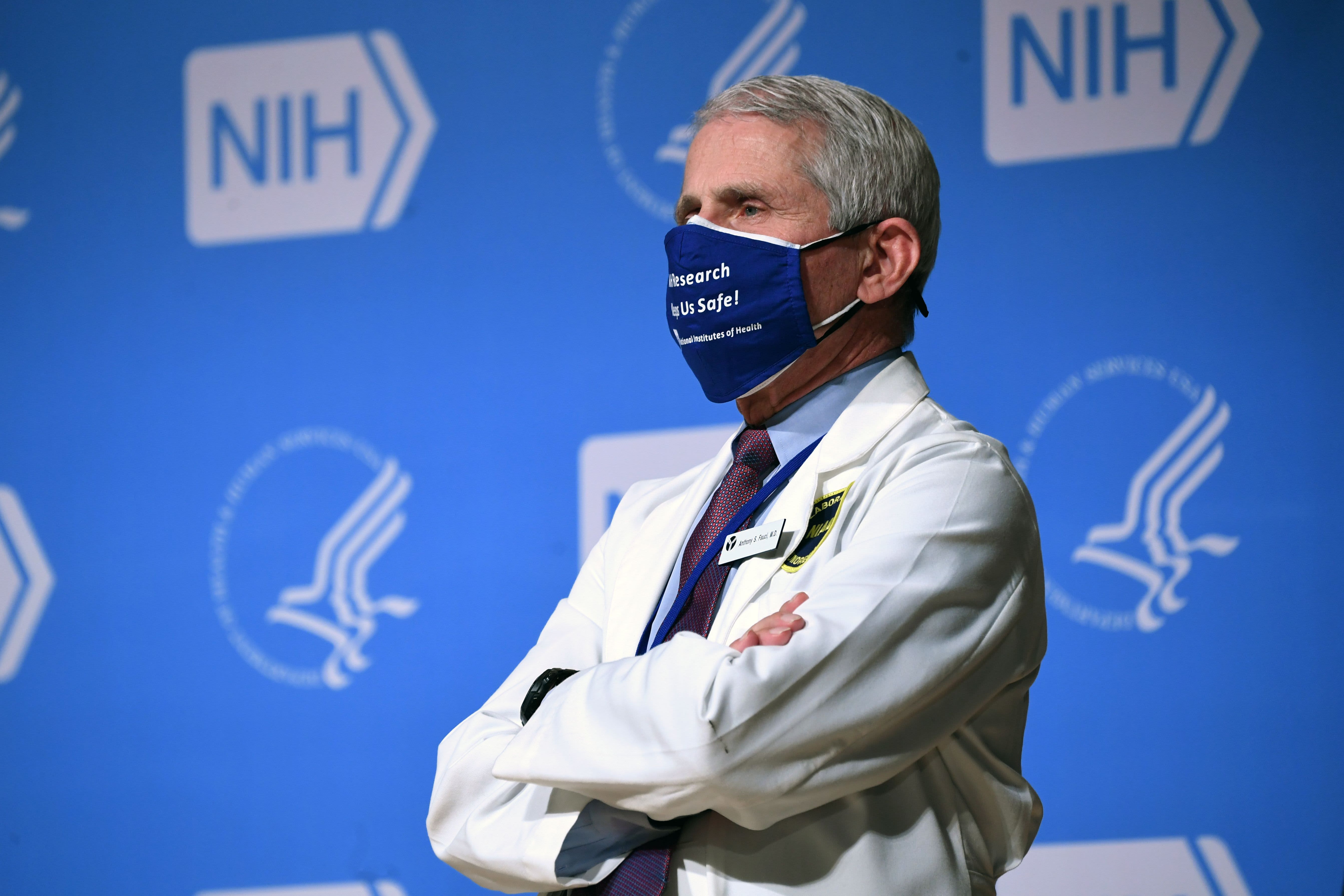The U.S. death toll from the coronavirus topped 500,000 on Sunday, according to an NBC News tally — a milestone that underscores the grave threat the virus still poses nationwide even as more Americans get vaccinated.
NBC News' tally showed that roughly 500,002 people had died of COVID-19 as of Sunday afternoon. The number of dead rivals the population of Atlanta or Sacramento, California, and is more than double the number of Americans who died in battle in World War II, according to the Department of Veterans Affairs.
President Joe Biden will mark the milestone with a moment of silence and candle lighting ceremony at the White House on Monday.
Get top local stories in Southern California delivered to you every morning. Sign up for NBC LA's News Headlines newsletter.
The White House said Biden will deliver remarks at sunset to honor those who lost their lives. He will be joined by first lady Jill Biden and Vice President Kamala Harris and her husband, Doug Emhoff. They will participate in the moment of silence and lighting ceremony.
Biden has made a point of recognizing the lives lost from the virus. His first event upon arriving in Washington for his inauguration a month ago was to deliver remarks at a COVID-19 memorial ceremony.
Worldwide, the coronavirus has claimed the lives of more than 2,462,000 people, according to data compiled by Johns Hopkins University. The death toll in the U.S. is the highest in the world, even though the country has less than 5% of the global population.
More than 28,206,600 coronavirus cases have been confirmed in the U.S., according to the NBC News tally.
The first known deaths from the virus in the U.S. happened in early February 2020, both of them in Santa Clara County, California. It took four months to reach the first 100,000 dead. The toll hit 200,000 deaths in September and 300,000 in December. Then it took just over a month to go from 300,000 to 400,000 and about two months to climb from 400,000 to 500,000.
Joyce Willis of Las Vegas is among the countless Americans who lost family members during the pandemic. Her husband, Anthony Willis, died Dec. 28, followed by her mother-in-law in early January.
There were anxious calls from the ICU when her husband was hospitalized. She was unable to see him before he died because she, too, had the virus and could not visit.
“They are gone. Your loved one is gone, but you are still alive,” Willis said. “It’s like you still have to get up every morning. You have to take care of your kids and make a living. There is no way around it. You just have to move on.”
Then came a nightmare scenario of caring for her father-in-law while dealing with grief, arranging funerals, paying bills, helping her children navigate online school and figuring out how to go back to work as an occupational therapist.
Her father-in-law, a Vietnam vet, also contracted the virus. He also suffered from respiratory issues and died on Feb. 8. The family isn't sure if COVID-19 contributed to his death.
“Some days I feel OK and other days I feel like I’m strong and I can do this," she said. “And then other days it just hits me. My whole world is turned upside-down.”
While the count is based on figures supplied by government agencies around the world, the real death toll is believed to be significantly higher, in part because of inadequate testing and cases inaccurately attributed to other causes early on.
Coronavirus Pandemic Coverage
Despite efforts to administer coronavirus vaccines, a widely cited model by the University of Washington projects the U.S. death toll will surpass 589,000 by June 1.
“People will be talking about this decades and decades and decades from now,” Dr. Anthony Fauci said on NBC’s “Meet The Press.”



